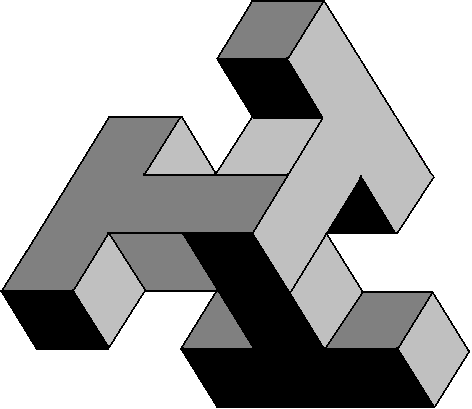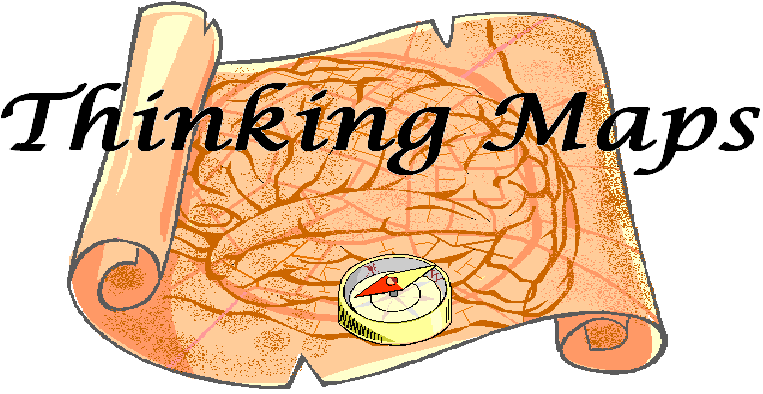



PUPIL WORKSHOPS
STAFF TRAINING
Thinking Maps
THINKING-MAPS
AIM
To explore the use of Mindmaps and Concept-maps within the classroom and how their use can assist with the development of thinking skills.
Discover how you can use Thinking-maps to engage and maintain students' attention, to increase their understanding and to enhance their capacity to learn.
Programme includes:
-
What are Mindmaps? How do they work and why are they so effective?
-
How to construct effective Mindmaps.
-
The many and diverse uses of Mindmaps:
-
for project planning
-
for note-taking and recording information
-
for planning reports, accounts and stories
-
to generate ideas for poetry-writing
-
-
How to introduce your pupils to Mindmaps and how to develop their ability to use this tool effectively.
-
Using Mindmaps creatively in the classroom to support accelerated learning.
-
Concept maps - what are they and how do they work?
-
Concept maps as a catalyst for conversational learning.
-
Using Concept maps as a problem-solving tool.
This session is most effective as a full-day staff-training session - but can also be delivered as a morning training session rounded off with an afternoon classroom workshop to demonstrate Thinking-maps in action.

WHY THINKING-MAPS ARE SO EFFECTIVE
The process of understanding involves organising new experiences so that they are connected to what we already know and think. By making connections, patterns and associations in this way, we are establishing the geography of the brain.
Thinking-maps are a more effective means of recording thinking than written accounts because they more accurately reflect the way we actually construct knowledge. As students learn to map, they are actually learning about their own thought processes.
Mapping is easily learned because it is a fluid process that can be readily adapted to suit the individual learner.
Although particularly suited to those with a visual learning preference, Thinking-maps have an appeal for a wide range of learning styles.
| CLICK TO E-MAIL > |
 |
< CLICK TO E-MAIL |